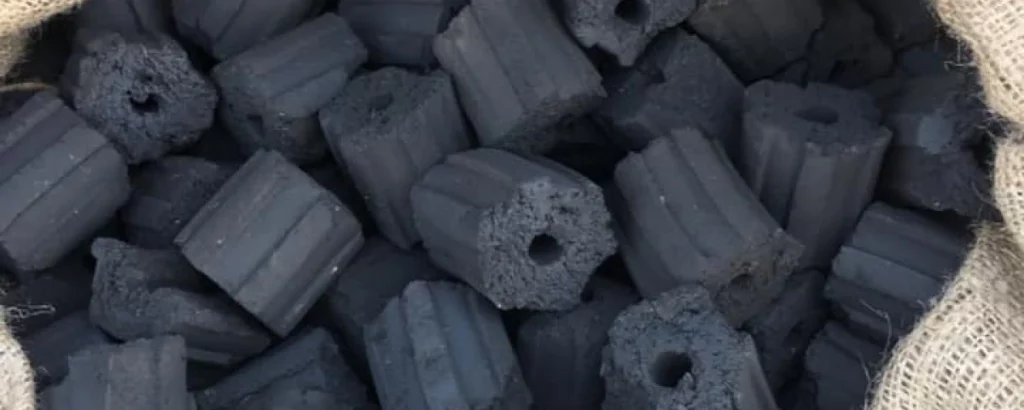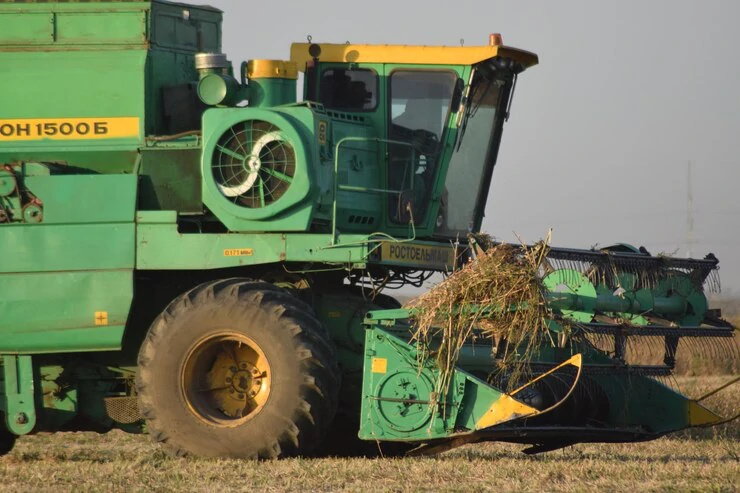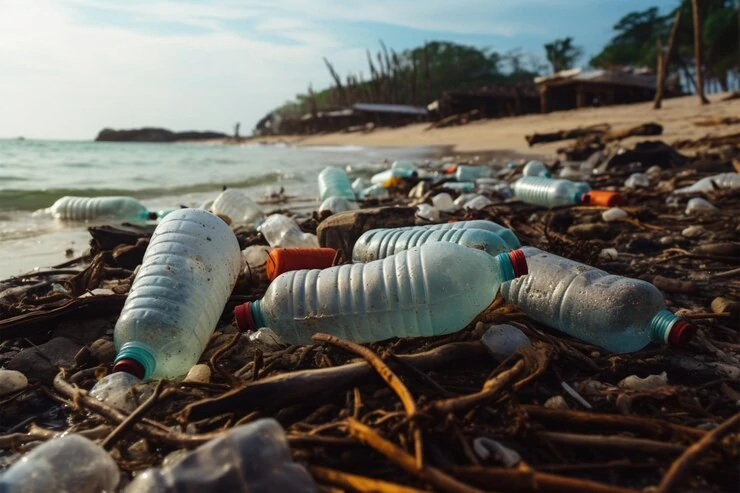What does a waste management system mean?
A waste management system is a streamlined process that organisations use to eliminate, reduce, reuse and prevent waste. Also known as waste elimination, it is an approach in which companies implement comprehensive strategies to effectively manage waste from its origin to its final disposal. Possible methods of waste elimination include recycling, composting, incineration, landfill, bioremediation, waste-to-energy and waste minimisation.

Waste management refers to the measures used to manage waste throughout its life cycle, from production to disposal or recovery.
Waste disposal methods
There are many strategies and methods for Waste Management. Modern waste management strategies focus on sustainability. Other solutions for waste disposal include waste reduction, reuse and recycling.
Recycling - Also known as physical reprocessing, recycling is ideal for disposing of inorganic waste such as plastics, glass and metals. Although organic waste such as paper and food can also be recycled, composting is a better method of waste disposal, as it transforms organic waste into nutrient-rich fertiliser.
Waste-to-energy conversion - or WtE - is the conversion of non-recyclable waste into heat, electricity or fuel using renewable energy sources such as anaerobic digestion and plasma gasification.
Anaerobic digestion is the biological reprocessing of animal manure and human excrement into methane-rich biogas. Plasma gasification uses a plasma-filled vessel operating at high temperatures and low oxygen levels to transform hazardous waste into synthesis gas. Another option for eliminating hazardous waste is bioremediation, i.e. the treatment of contaminants, toxins and pollutants by micro-organisms.
The 5Rs of waste management
The 5Rs of waste management are a set of principles that guide efforts to reduce the impact of waste on the environment. The 5Rs are as follows
Reject - It's about saying no to unnecessary things like single-use plastics and excessive packaging.
Reduce - The aim is to minimise the amount of waste produced by using fewer resources and being more aware of our consumption.
Reuse - Instead of throwing items away after a single use, we need to find ways of reusing them. This may involve reusing objects or using durable goods that have a longer lifespan.
Reusability - The aim is to give objects a new purpose or a new use, to extend their lifespan and to reduce waste.
Recycle - Recycling involves transforming used materials into new products, reducing the need for raw materials and lowering the overall impact on the environment.
Approaches and best practice in waste auditing
Common waste audit methods include examining records, visiting facilities and sorting waste.
- The first approach involves examining waste transport and disposal records, as well as contracts with recycling facilities.
- Second approach: a team of internal auditors must identify waste-generating activities by observing and interviewing employees.
- Third approach: Physical collection, sorting and weighing of a sample of the organisation's waste. This sample may correspond to one day's waste or to a collection of waste from each department.
To achieve this, companies can use a numerical checklist before, during and after the waste audit. This checklist typically contains information on planning, waste segregation and a description of the organisation's waste stream. In addition, a comprehensive waste management checklist ensures that appropriate waste protocols are applied within organisations.
How to create a waste management plan
Before creating a waste management plan, it is important to obtain the opinion and support of the various stakeholders. Ask them for suggestions on how to be more environmentally friendly. Next, assess the robustness of the current system by carrying out waste audits. After reviewing the results of the waste audit, identify development needs, including budget, estimated waste composition, current waste reduction and waste generation.
Once the objectives of the waste management plan have been finalised, proceed with the following steps:
determine the resources required (containers, vehicles, etc.)
Identify a contact person and specify their responsibilities
Prepare an implementation schedule.
As well as keeping all the results of waste audits, document the daily disposal of waste and the use of the organisation's resources.








